Introduction:
In Hinduism, Brahma and Shiva are amongst the most important and revered gods and goddesses of the faith, widely known for their immense powers and vast number of unique qualities. While they are both said to be important aspects of the same single god, they are often considered separate entities as both have distinct roles that distinguish them from each other. As such many are curious to know what the key differences are between them, and if there is anything significant that sets them apart. Therefore, here are ten key differences between Brahma and Shiva.
Difference 1: Role & Responsibilities
Brahma: Brahma is traditionally recognized as the god responsible for the creation of the universe and of all human beings. He is known as the supreme creator, the source of supreme knowledge, and the master of the four Vedas. He is also believed to be the spiritual father of the world and the advisor to the gods.
Shiva: Shiva is the god of destruction and transformation, and is seen as the Shiva-Shakti form of the single god. He is the supreme god of the highest order and governs the universe, ensuring the balance of all forces, including light and darkness. He is also the god of yoga, meditation, time, and eternal life, and is associated with destruction, protection, and renewal.
Difference 2: Weapon of Choice
Brahma: Brahmas main weapon is a trident, which he wields often when performing his duties. The trident is a symbol of Brahma’s power and ability to command the elements, while also representing his supreme knowledge of the universe.
Shiva: Shiva is traditionally associated with a weapon called a trishula, which is a trident-like weapon with three blades. In battle, Shiva uses his trishula to cut through the veil of illusions and separate the false from the true. It is also said to represent the three gunas, or qualities, of creation – sattva, rajas and tamas.
Difference 3: Vehicle of Choice
Brahma: Brahma is mostly associated with a mystical waterbird known as the hamsa or ‘swan’. In Hindu mythology, the hamsa is seen as a symbol of purity and is considered a messenger of truth who can traverse between the different realms and planes of existence.
Shiva: Shiva is mostly associated with a fierce bull known as the Nandi. The Nandi symbolizes the energy of Shiva and is thought to be one of his most powerful instruments and vehicles. This bull is said to embody strength, power, and loyalty.
Difference 4: Mantra’s & Remedies
Brahma: In Hinduism, the Brahman mantra is often used to invoke the power of Brahma and the four Vedas. The mantra can be chanted to make prayers and evoke blessings from the deity, and is believed to bring peace and harmony to all who make the mantra a part of their life.
Shiva: The Shiva mantra is a popular chant used by followers of Shiva in Hinduism. This mantra is said to invoke the divine protection and grace of the deity. It is believed to bring immense power and clarity of mind and is often used as a form of meditation.
Difference 5: Other Forms & Representations
Brahma: In Hinduism, Brahma is sometimes represented as a four-headed entity. This is used to symbolize his all-knowing and all-encompassing wisdom, and his ability to see all dimensions of time and space.
Shiva: Shiva is often depicted in Hinduism as a being with three eyes. This triple-eye configuration reflects Shiva’s omniscience, the ability to see everything, including the past, present, and future.
Difference 6: Animal Avatars
Brahma: Brahma is often depicted with the avatars of a boar, a stag, and a man. The boar symbolizes knowledge, the stag symbolizes beauty and harmony, and the man is a representation of Brahma’s purest form.
Shiva: Shiva is often depicted as taking on the form of a tiger or a wild boar. The wild boar represents Shiva’s strength and power, while the tiger represents his spirit and ability to stand firm in fierce and challenging times.
Difference 7: Forms & Feelings
Brahma: Brahma is generally seen as a being of knowledge and wisdom, and often embodies calmness and serenity. He is believed to be wise and all-knowing, and his devotion to knowledge, truth and justice is an inspiration to those around him.
Shiva: Shiva is usually seen as a being of power and strength, embodying might and courage. He is often depicted as a fierce warrior and his strength of character is an inspiration to those around him.
Difference 8: Temple & Symbols
Brahma: The temple dedicated to Brahma is known as Sri Guruvayurappan temple and is located in Kerala, India. The temple is a symbol of Brahma’s power and devotion to knowledge, and is believed to be the place where Brahma lives and wanders the universe.
Shiva: The temple dedicated to Shiva is known as the Pashupatinath temple and is located in Nepal. The temple is a symbol of Shiva’s power and strength and is believed to be the place where Shiva dwells and rules the universe.
Difference 9: Color & Form
Brahma: Brahma is usually seen with four heads, four arms, and four legs. He is depicted in a golden and yellow colour, which is said to represent his power and wisdom.
Shiva: Shiva is usually seen with two heads, two arms, and two legs. He is depicted in a dark blue colour, which is said to represent his power, strength, and courage.
Difference 10: Significance & Worship
Brahma: Brahma is seen as the supreme creator and is considered to be the source of all wisdom and knowledge. He is worshipped and revered for his infinite knowledge and wisdom, and is said to bring peace and harmony to those who revere him.
Shiva: Shiva is seen as the primal god and is considered to be the source of all power and strength. He is worshipped and revered for his incredible strength and courage, and is said to bring good luck to those who revere him.
Conclusion
Brahma and Shiva are two essential gods and goddesses in Hinduism, both of whom have distinct roles and responsibilities. They both possess great power and unique qualities, but their differences can best be observed in their roles, weapons, vehicles, mantras, forms, symbols, colors, and the significance and worship of each god.

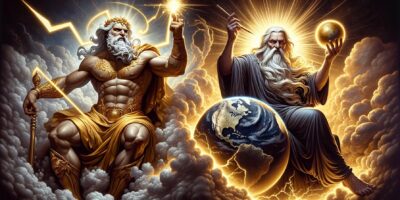
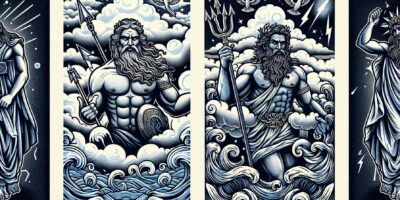
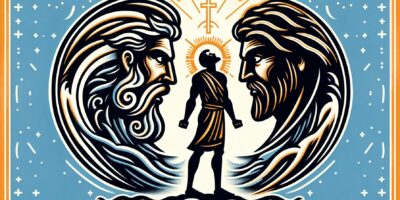

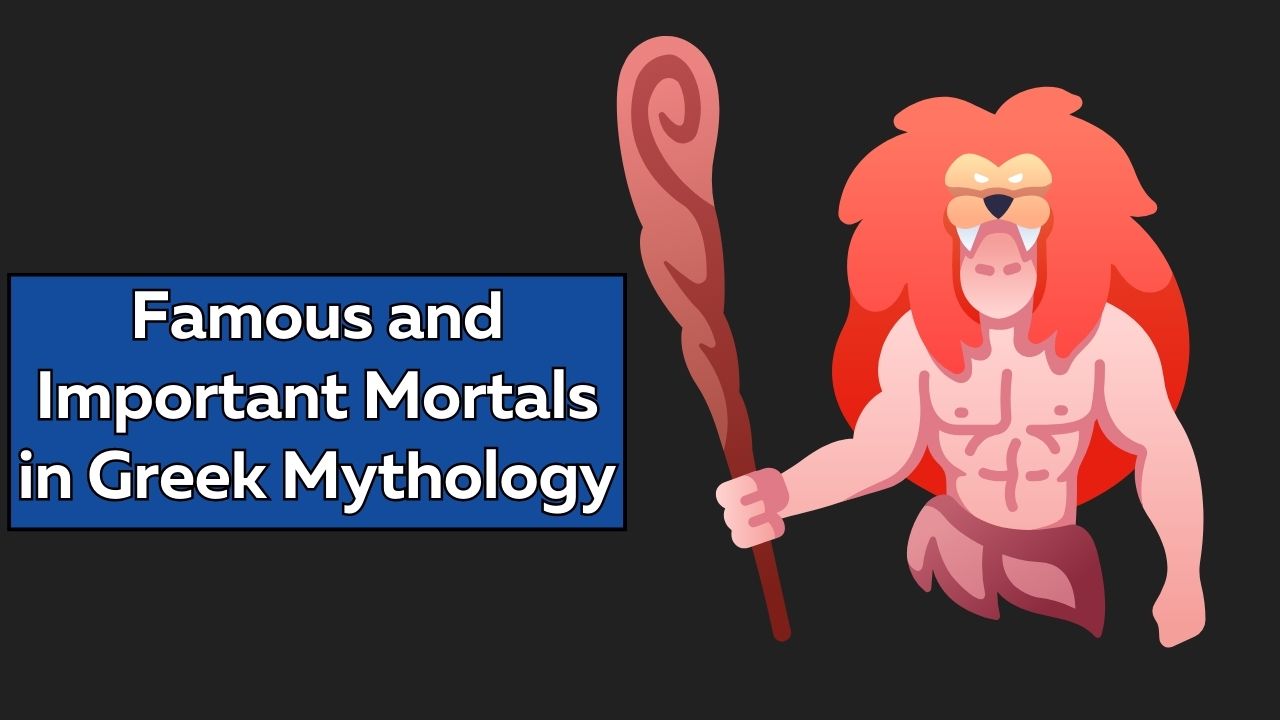
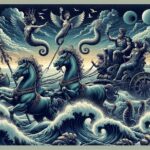
Leave a Reply